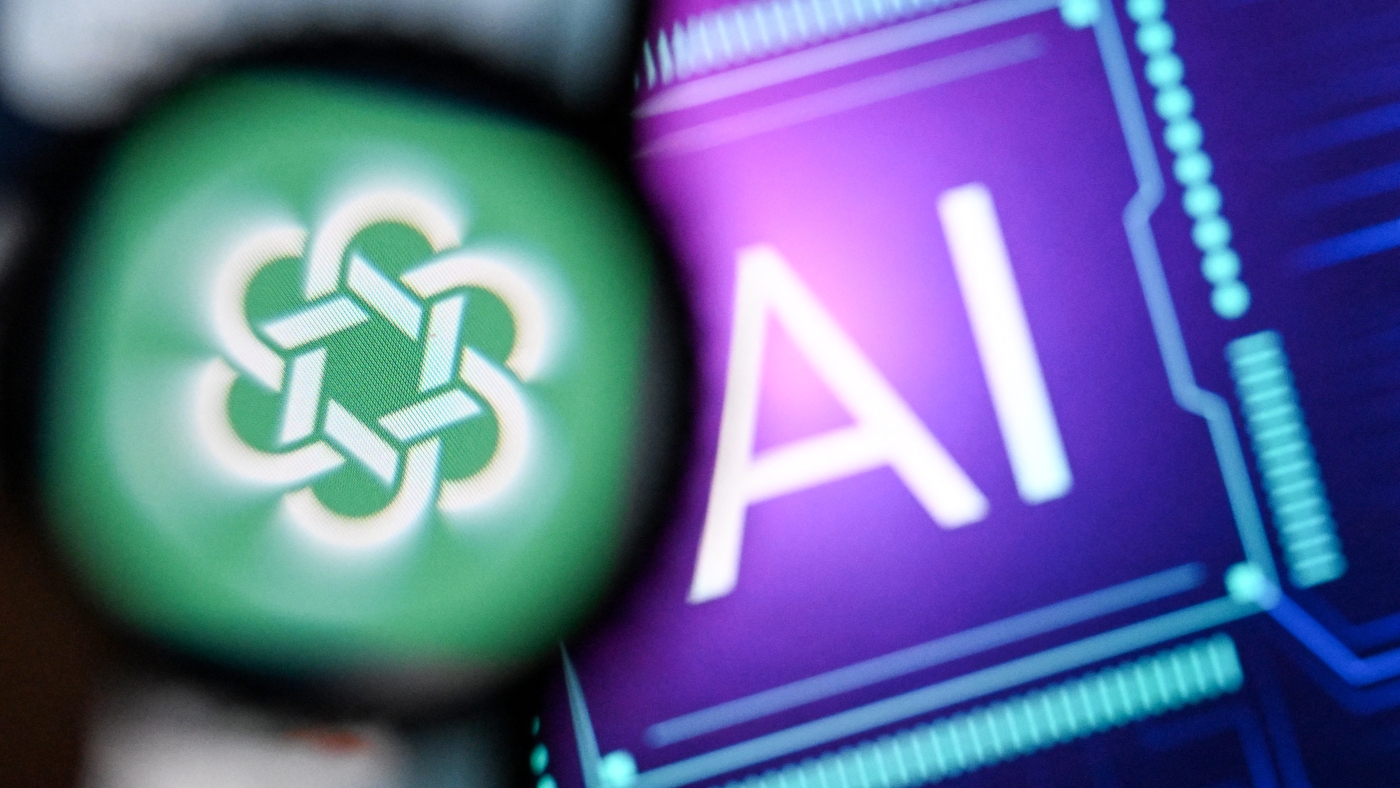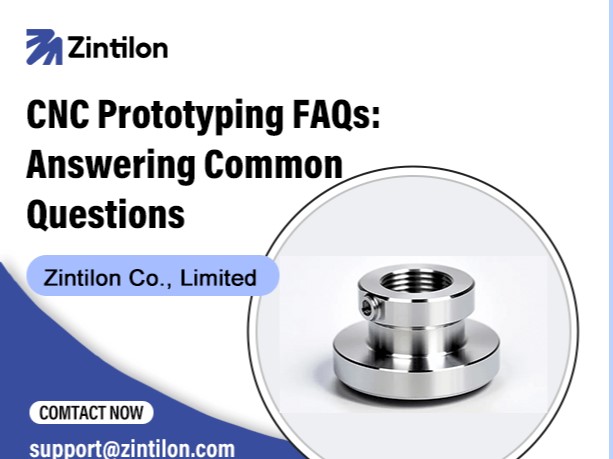Artificial intelligence (AI) is transforming workplaces at an unprecedented pace. While employees often focus on how AI might replace their jobs, many overlook a crucial reality: their bosses are likely using AI more than they are.
From automating decision-making to enhancing productivity, executives and managers are leveraging AI tools to streamline operations, analyze data, and maintain a competitive edge. Meanwhile, many employees remain unaware of just how deeply AI has infiltrated leadership workflows.
Here’s why your boss is probably using AI more than you—and what that means for the future of work.
1. AI-Powered Decision Making
Executives and managers rely on AI-driven analytics to make critical business decisions. Tools like:
-
Predictive analytics software (e.g., Salesforce Einstein, Tableau)
-
AI-driven financial modeling (e.g., AlphaSense, Kensho)
-
Market trend forecasting (e.g., Google Trends AI, Crayon)
…help leaders assess risks, forecast sales, and optimize strategies—far beyond what traditional spreadsheets or human intuition could achieve.
A 2023 study by Deloitte found that 67% of senior executives use AI for strategic decision-making, compared to only 29% of mid-level employees. This gap suggests that while employees may use AI for task automation, leadership uses it to shape entire business directions.
2. Automated Performance Monitoring
Many employees fear AI surveillance, but few realize that their bosses are already using it to track productivity. Tools like:
-
Microsoft Viva Insights (monitors work patterns)
-
Time Doctor (tracks active work hours)
-
Workday’s AI-driven HR analytics (assesses employee performance)
…allow managers to analyze team efficiency without manual oversight.
A 2024 Gartner report revealed that 56% of organizations use AI to monitor employee performance, often without workers even knowing. This means your boss may be using AI to evaluate your work habits—while you remain unaware of the algorithms influencing your career growth.
3. AI in Hiring and Promotions
HR departments and senior leaders increasingly rely on AI for recruitment and promotions. Tools like:
-
HireVue (AI-driven video interviews)
-
Pymetrics (neuroscience-based candidate screening)
-
Textio (AI-optimized job descriptions)
…help eliminate human bias (or, in some cases, introduce new algorithmic biases). A Harvard Business Review study found that 75% of resumes are never seen by human eyes, filtered first by AI.
If you’ve applied for an internal promotion recently, chances are an AI system ranked your application before your boss even reviewed it.
4. AI for Communication & Persuasion
Ever received a perfectly worded email from leadership? It might not be their writing. Executives use AI tools like:
-
ChatGPT for drafting memos
-
Grammarly Business for tone adjustments
-
Crystal Knows (AI that predicts communication styles)
A 2024 survey by Grammarly found that 62% of executives use AI to refine their messaging, compared to only 35% of employees. This means your boss’s persuasive emails or motivational speeches may be AI-enhanced—while you’re still typing responses manually.
5. AI in Networking & Stakeholder Management
Senior leaders use AI to maintain relationships and influence stakeholders. Tools like:
-
LinkedIn Sales Navigator (AI-driven networking suggestions)
-
Affinity (AI for relationship mapping)
-
Gong (AI-powered meeting analysis)
…help executives identify key contacts, optimize pitches, and even predict which clients are likely to churn.
While employees focus on individual tasks, bosses use AI to strategically expand their influence—often without disclosing the tech behind their networking success.
What Does This Mean for Employees?
The growing AI divide between leadership and staff has several implications:
✅ Upskill or Fall Behind
If your boss is using AI for high-level decisions while you’re still doing manual work, you risk becoming obsolete. Learning AI tools can help you stay relevant.
❌ Transparency Issues
Many employees don’t realize how much AI influences their performance reviews, promotions, or daily tasks. Companies should clarify AI’s role in the workplace.
🔄 Power Dynamics Shift
AI gives leaders even more control over workflows, hiring, and strategy. Employees should advocate for ethical AI use in their organizations.
Conclusion: The AI Hierarchy is Here
AI isn’t just replacing jobs—it’s creating a new workplace hierarchy where those who control AI wield the most power. Right now, that’s often executives and managers.
If you’re not using AI as strategically as your boss, it’s time to start. The future of work belongs to those who harness AI—not just for tasks, but for influence, decision-making, and career growth.



